Download your PDF score!
By music teachers, for their students
| Title | Author | Set | Prices | ||
|---|---|---|---|---|---|
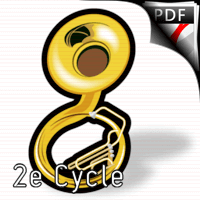
|
Siki Siki Baba |
Traditionnel balkans |
Fanfare |
7.90€ |
|
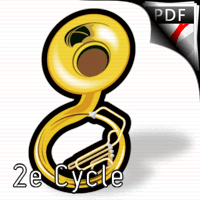
|
Koukounouda |
Traditionnel balkans |
Fanfare |
7.90€ |
|
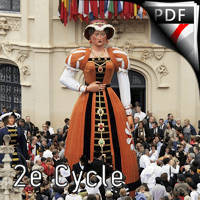
|
Polka des vint' d'osier |
Bernard Dequéant |
Quatuor de Clarinettes |
7.90€ |
|

|
Le désert d'Almeria et San-Pedro (The desert of Almeria and San Pedro) |
Jean-Michel Trotoux |
Quatuor de Clarinettes |
6.90€ |
|
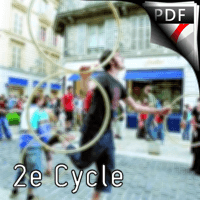
|
Coin de Rue (Street Corner) |
Jean-Michel Trotoux |
Quatuor |
6.90€ |
|

|
Rémidodola |
Jean-Michel Trotoux |
Quatuor de Clarinettes |
7.90€ |
|

|
Kaji |
Eric Deprez |
Clarinette & Piano |
5.90€ |
|

|
Mazurka in Blue |
Jean-Christophe Van Dam |
Septet Clarinettes et Piano |
14.90€ |
|

|
Istrad |
Jean-Christophe Van Dam |
Trio Clarinettes et Piano |
7.90€ |
|
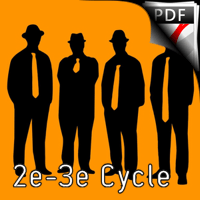
|
Gopak |
Modeste Moussorgsky |
Ensemble Variable |
19.90€ |
The clarinet is a single-reed wind instrument, a straight cylindrical tube with a nearly cylindrical bore and a flared bell.
The word clarinet certainly comes from the Old French clarin or clarion, or from the Provençal clarinet "clarin" (oboe). However, it seems that its real roots are to be found among the different names of the trumpets used during the Renaissance and the Baroque. Clarion, clarin and the Italian clarino are all derived from the medieval term claro which referred to a kind of trumpet. This is probably the origin of the Italian clarinetto, itself a diminutive of clarino, and consequently of European equivalents such as the French clarinette or the German klarinette. According to Johann Gottfried Walther, writing in 1732, the reason for this name is that "it sounded like a trumpet from a distance". The English form clarinet is found as early as 1733, and the now archaic clarionet appears from 1784 until the early years of the 20th century.
Although the similarity in sound between the early clarinets and the trumpet may indicate its name, other factors may have played a role. In the late baroque period, composers such as Bach and Handel placed new demands and skills on their trumpeters, who were often required to play difficult melodic passages in the high register. Since trumpets of this era had no valves, melodic passages often required the use of the highest part of the trumpet's range, where the harmonics were close enough to produce adjacent scales of notes. The trumpet parts that required this specialty were known as clarino and this applied to the musicians themselves. It has been suggested that clarinetists might have used it when playing particularly difficult scores on these newly developed "false trumpets".
These days, the most popular clarinet is the Bb clarinet. However, the A clarinet, just a semitone lower, is commonly used in orchestral music. Since the mid-nineteenth century, the bass clarinet (now invariably in Bb but with extra keys to extend the range by a few notes) has become an essential addition to the orchestra. The clarinet has proven to be an exceptionally flexible instrument, both in the classical repertoire and in scores for wind bands, military bands, brass bands, klezmer and jazz.
